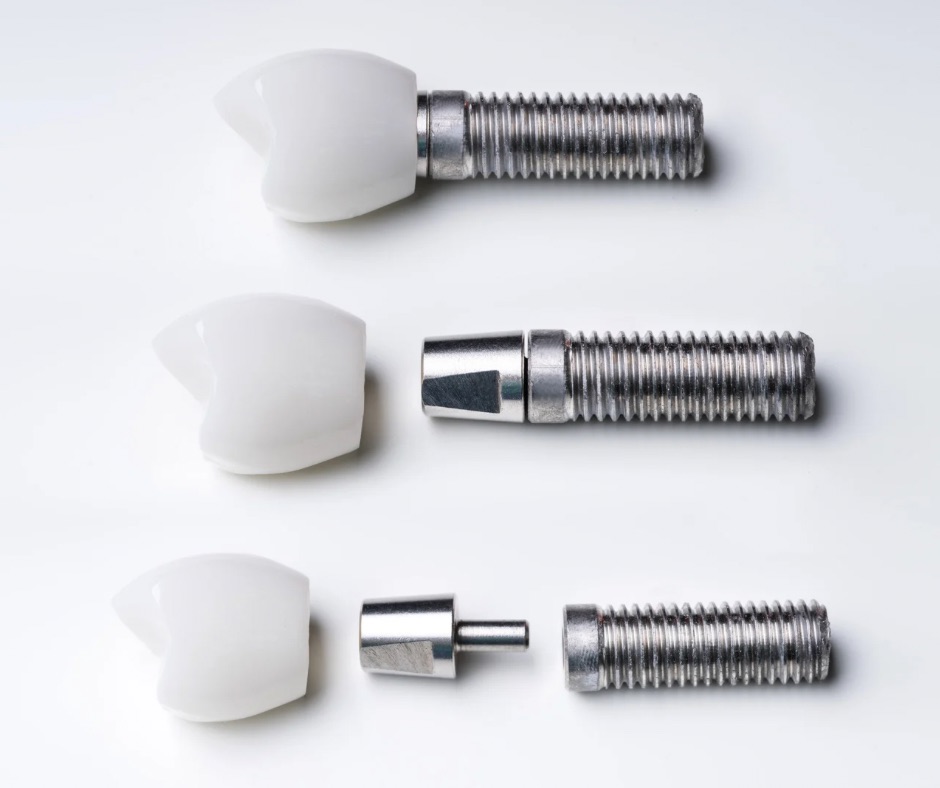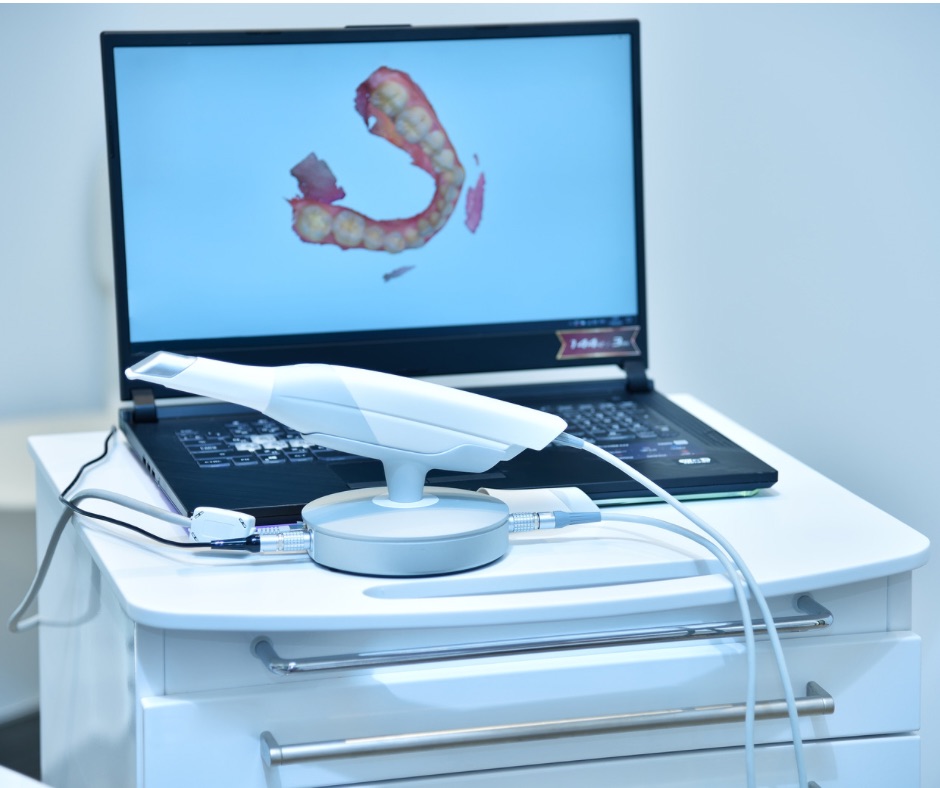The white colour of teeth is often connected with their health, but also with beauty. In reality, teeth are not white, but their colour varies from light yellow to light grey, sometimes exhibiting light pink shades.
Another myth is that teeth colour is given by the enamel’s colour or the impurities deposited on this outer layer of the tooth. In fact, the colour we see is that of the dentin, located underneath the enamel. Being translucent and opaque, with bluish colouring, the enamel allows the dentin’s colour to transpire to the surface. Similarly, when teeth assume a darker shade, that is due to discoloration within the enamel, in the spaces between the crystal prisms of which it is composed, but discoloration can sometimes stain the dentin as well.
The natural colour of teeth is individual, so someone presents naturally more yellow teeth, and tooth colour can change with age and with the change of denture. Deciduous or milk teeth are normally whiter than the permanent ones.
Discoloration due to external factors
Tooth discoloration can occur due to different factors. External ones include different substances that we consume on a daily basis, and which can darken the teeth. These are coffee, tea, various other beverages, while a major factor is smoking. The pigments contained in this substances enter the enamel where they get deposited, which on the long run darkens the overall tooth colour.
Discoloration due to internal factors
A change in the colour of teeth can be due to factors intrinsic to the tooth, and in this case is the dentin that undergoues chromatic alterations. This can happen after lesions, the intake of certain medicines or with the intake of large quantities of fluoride. There are also illnesses that can cause chromatic variations, such as dentinogenesis imperfecta.
Different methods allow to counteract dental discoloration. One of the most popular professional methods is the application of whitening agents combined with the usage of specific lamps, while laser is becoming more and more popular. Then, there are various toothpastes and other at home methods, but some are of doubtful efficiency. Your dentist can give you advice on the most efficient and long-lasting whitening treatment depending on the causes of discoloration. When choosing a method particular attention must be paid in order to protect gums and tooth surfaces. Contact us to find out which whitening method is advisable in your case and we will provide you with more info on the various possibilities.














